
Walk into one of my classes, and you will likely experience a loud room where students talk, collaborate, and even stand. This is by design. Since 2009 I have used an active-learning approach where students work on prepared activities to learn chemistry. The particular technique I use is Process Oriented Guided Inquiry Learning, or more typically, POGIL. I use POGIL so that students discuss chemistry and solve problems with other students. This approach is more like how science is done in real situations, where there is some individual thought and work followed by teamwork.
Not everyone is excited to learn in this way, as I found out about a year ago when my nephew heard I use the POGIL approach, he replied, “I hate POGIL.” His response took me aback. It turns out his physics teacher used POGIL instruction at the large suburban high school he attended, and my nephew, like some inclined to science and engineering, said he liked working alone and felt he got more out of it.
Some people feel like my nephew-“just let me do the work.” But others actually like working together. One professor at Columbia had also heard the refrain about solo versus team learning and tested to see which was better. He used a randomized controlled study, similar to a drug trial design, to determine if students do better when working alone. The students were randomly assigned to one of two groups, but the groups were controlled for student success (he controlled to ensure the A, B, and C students were evenly assigned). Each group had 40 students in it.
The instructor had one of the two groups of students individually read material about a particular chemistry topic and answer questions during class time. They did not interact with other students. In the same room, the other half of the students learned the same material and answered the same questions but worked in teams in an active learning approach. So, both groups were in the same classroom with the same instructor and material, but one group of students worked quietly alone, learning the topic. The other half of the students worked actively in small teams, 3 or 4 students. Near the end of class, the instructor gave all students the same quiz.
The quiz had questions based on the material they had just studied. Some questions dealt with recalling basic facts, and others dealt with applying the topic to different situations. Students in both groups did equally well on the basic recall questions. The difference was that students who learned actively in small teams did much better on the questions dealing with applying their knowledge to unfamiliar situations. Something about hashing out the material with other students in a team setting helped the student understand the material better.
There was another part of the study as well. The instructor polled the students about whether they liked learning alone or in teams. He then compared how they did on the quiz material. Interestingly, students who preferred solo learning but were placed in small team learning performed well overall. The students who learned alone and said they liked working alone performed worse as a group. They didn’t learn as much as they anticipated.
Learning actively takes more effort since we need to interact with others, but the payoff is worth it. We can think of other areas of our lives with similar experiences. We might prefer to eat alone sometimes, but dining with others usually is better for us. It is easier to exercise or diet in a group setting rather than alone. So, it is no surprise that team learning has benefits too.
In the same way, the more exposure we give students to team learning in a classroom, the easier it becomes. I followed up with my nephew after he had taken a second year of physics using the POGIL approach, and his resistance to active learning had softened to a degree. He felt the second year had been better, and the activities helped guide his learning. Ultimately, he did very well on his two AP Physics exams. He is smart, so you can’t chalk up all of his success to POGIL, but active learning for two years certainly didn’t hold him back. Off to college, he goes this fall.
In college, he might learn in an active classroom where students work in teams. The research shows that students in large classrooms learn better with active learning and so do students from disadvantaged backgrounds. Women, as a whole, also tend to like this approach better. Studies in the last twenty have consistently shown that students do better in active learning, even if they don’t prefer it. Data from large and small classrooms indicate this and all students benefit from team-based learning.
This semester, I will continue to have loud, engaging, and interactive classes. Additionally, I plan to incorporate activities where students stand and work at a whiteboard. While there may be some complaints, most students appreciate this active learning approach. My goal is to ensure that all students improve their understanding of chemistry.
-Rodney Austin, PhD, Professor of Chemistry, Department Chair
Opinions expressed in the Geneva Blog are those of its contributors and do not necessarily represent the opinions or official position of the College. The Geneva Blog is a place for faculty and contributing writers to express points of view, academic insights, and contribute to national conversations to spark thought, conversation, and the pursuit of truth, in line with our philosophy as a Christian, liberal arts institution.
Aug 22, 2023Program SpotlightRelated Blog Posts
Request Information
Learn more about Geneva College.
Have questions? Call us at 724-847-6505.
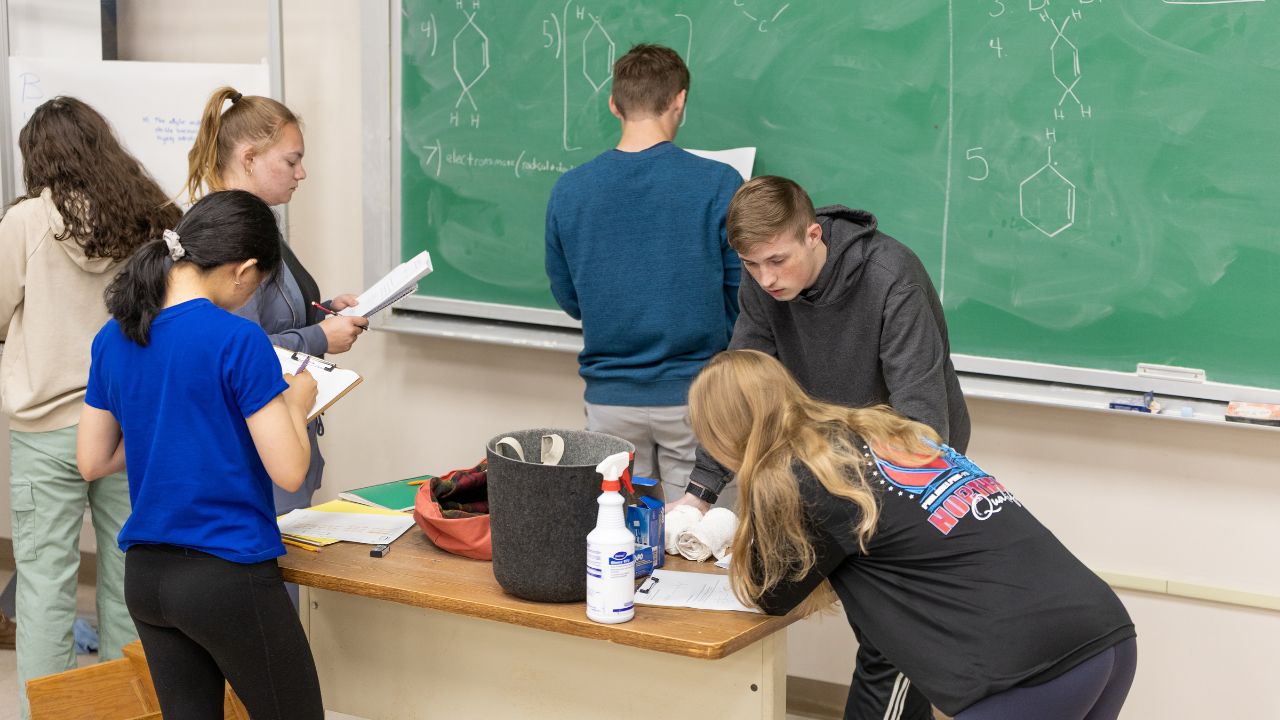
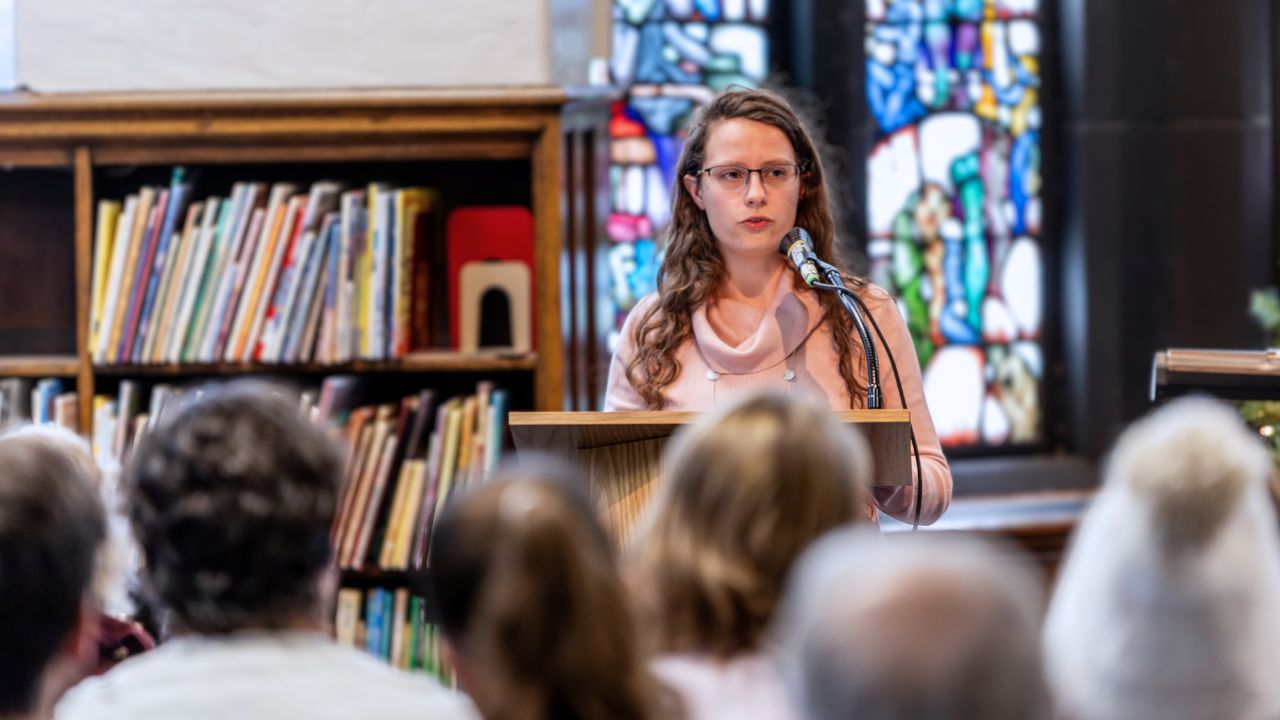

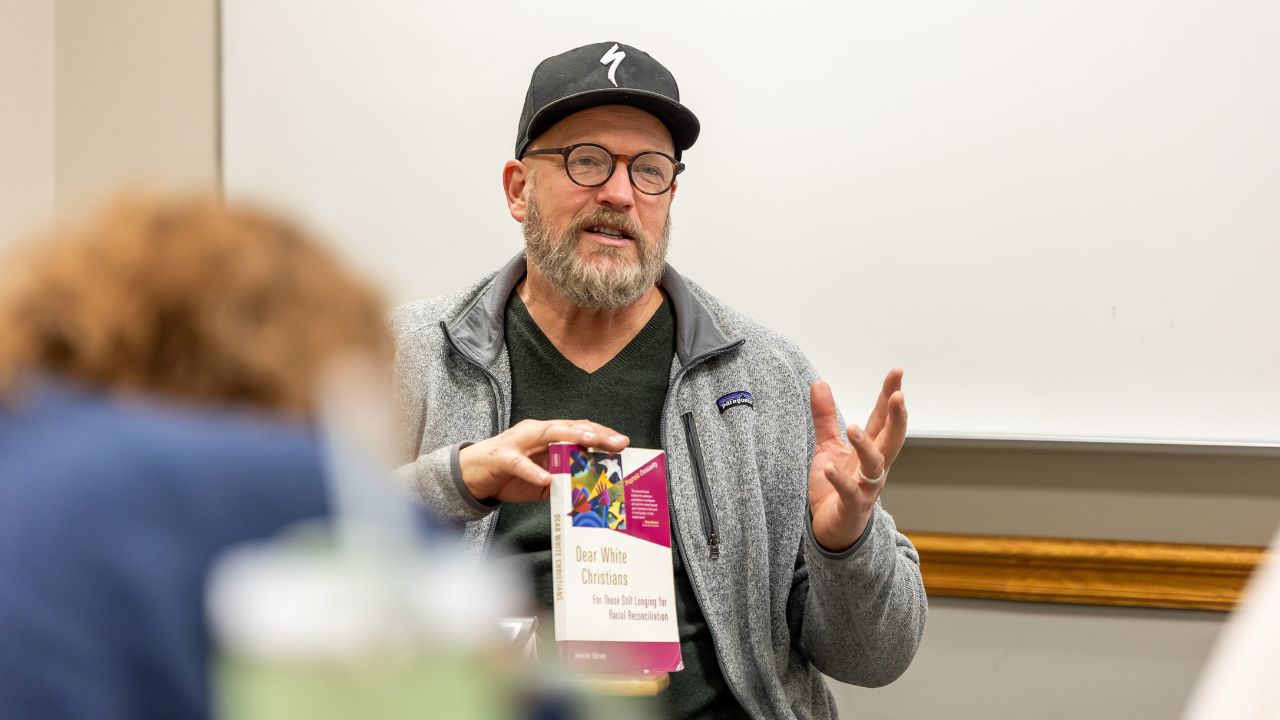

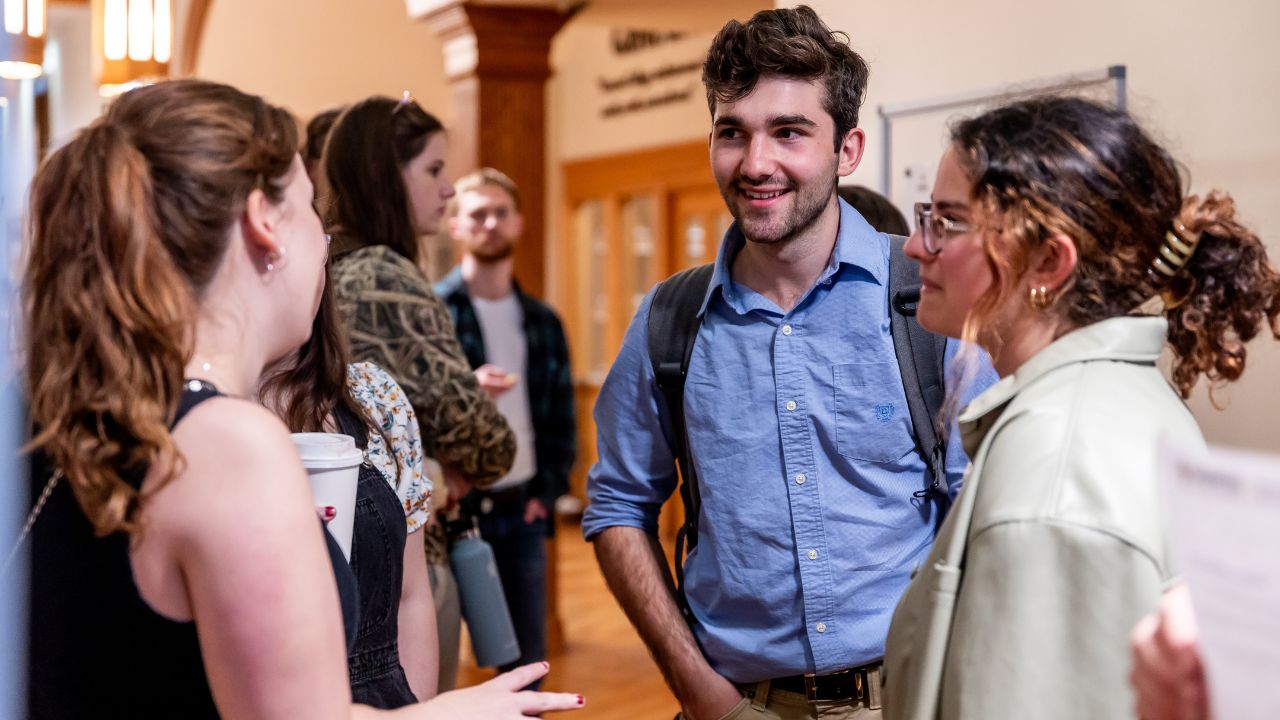
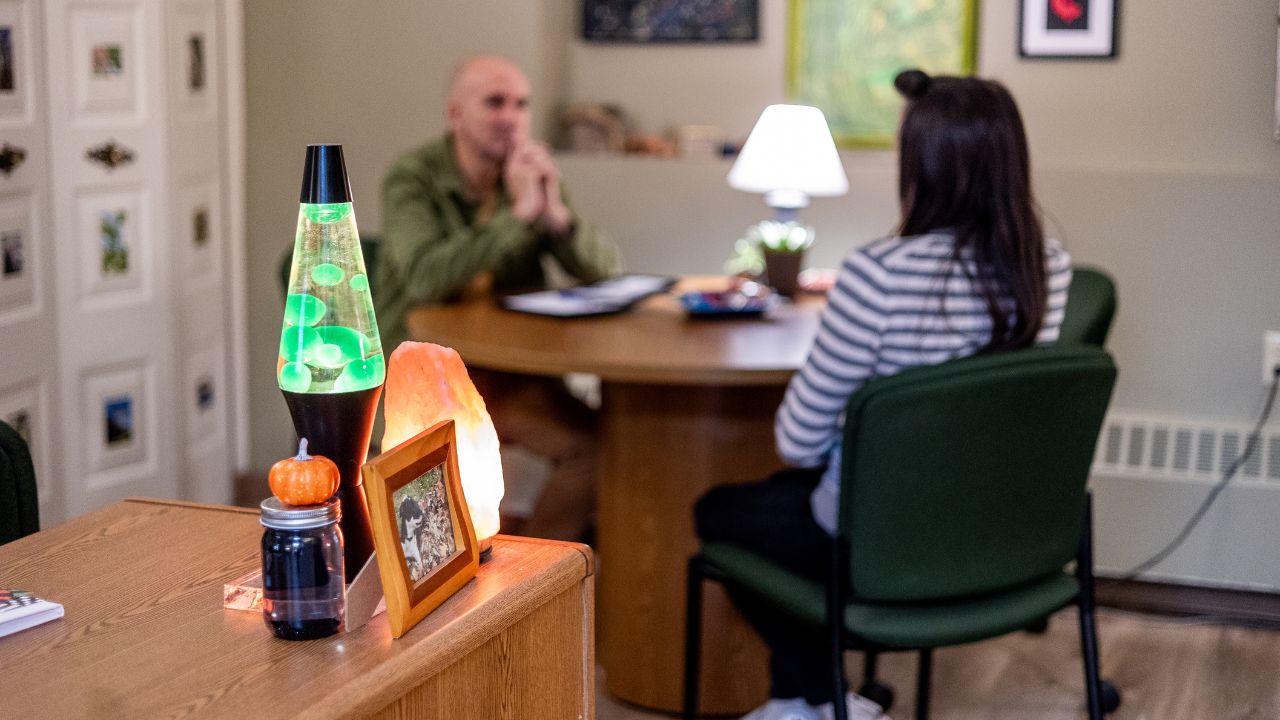




 Online Course Login
Online Course Login